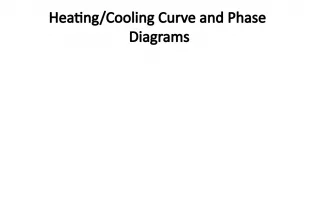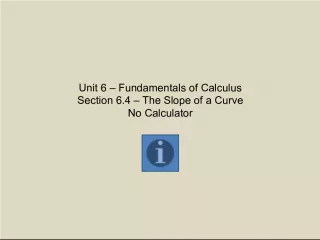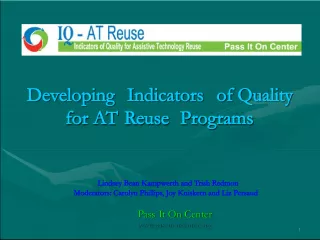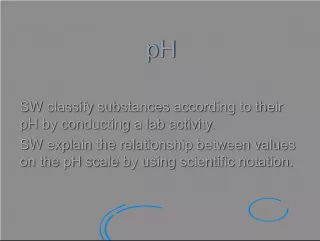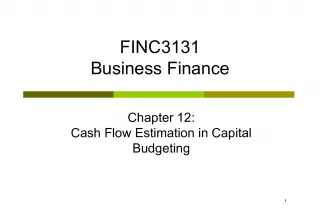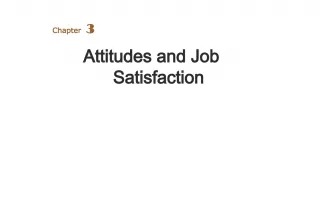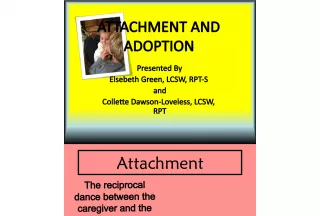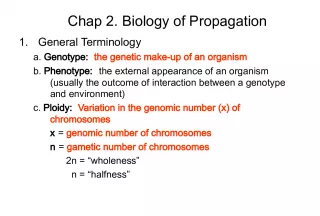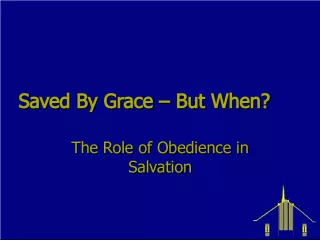The Phillips Curve: Understanding the Relationship between Unemployment and Inflation


This article discusses the Phillips Curve, a concept first introduced by economist A.W. Phillips in 1958. The Phillips Curve suggests an inverse relationship between unemployment and
- Uploaded on | 8 Views
-
 hector
hector
About The Phillips Curve: Understanding the Relationship between Unemployment and Inflation
PowerPoint presentation about 'The Phillips Curve: Understanding the Relationship between Unemployment and Inflation'. This presentation describes the topic on This article discusses the Phillips Curve, a concept first introduced by economist A.W. Phillips in 1958. The Phillips Curve suggests an inverse relationship between unemployment and. The key topics included in this slideshow are . Download this presentation absolutely free.
Presentation Transcript
Slide1Mr. MayerAP Macroeconomics The Phillips Curve
Slide2The Phillips Curve• In a 1958 paper, New Zealand born economist, A.W. Phillips published the results of his research on the historical relationship between the unemployment rate (u%) and the rate of inflation ( π%) in Great Britain. His research indicated a stable inverse relationship between the u% and the π%. As u%↓, π%↑ ; and as u%↑, π%↓. The implication of this relationship was that policy makers could exploit the trade-off and reduce u% at the cost of increased π%. The Phillips curve was used as a rationale for the Keynesian aggregate demand policies of the mid-20 th century.
Slide3The Phillips Curve(hypothetical example) π% u% PC 4% 2% 7% 5% . . . . . . . Note: Inflation Expectations are held constant
Slide4Trouble for the Phillips Curve• In the 1970’s the United States experienced concurrent high u% & π%, a condition known as stagflation. 1976 American Nobel Prize economist Milton Friedman saw stagflation as disproof of the stable Phillips Curve. Instead of a trade-off between u% & π%, Friedman and 2006 Nobel Prize recipient Edmund Phelps believed that the natural u% was independent of the π%. This independent relationship is now referred to as the Long-Run Phillips Curve. I believe it’s relevant that by this time the Bretton-Woods system had collapsed.
Slide5Trouble for the Phillips Curveπ% u% PC 4% 2% 7% 5% . . . . . . . . . . . . . . .
Slide6Trouble for the Phillips Curveπ% u% 4% 2% 7% 5% . . . . . . . . . . . . . . LRPC u n %
Slide7The Long-Run Phillips Curveπ% u% LRPC u n % Note: Natural rate of unemployment is held constant
Slide8The Long-Run Phillips Curve(LRPC) • Because the Long-Run Phillips Curve exists at the natural rate of unemployment (u n ), structural changes in the economy that affect u n will also cause the LRPC to shift. • Increases in u n will shift LRPC • Decreases in u n will shift LRPC
Slide9The Short-Run Phillips Curve(SRPC) • Today many economists reject the concept of a stable Phillips curve, but accept that there may be a short-term trade-off between u% & π% given stable inflation expectations. Most believe that in the long- run u% & π% are independent at the natural rate of unemployment. Modern analysis shows that the SRPC may shift left or right. The key to understanding shifts in the Phillips curve is inflationary expectations!
Slide10The Short-Run Phillips Curve(SRPC) π% u% SRPC 4% 2% 7% 5% . . . . . . . . . . . . . .
Slide11The Short-Run Phillips Curve(SRPC) π% u% SRPC 4% 2% 7% 5% . . . . . . . . . . . . . . SRPC 1
Slide12Relating Phillips Curve toAS/AD • Changes in the AS/AD model can also be seen in the Phillips Curves • An easy way to understand how changes in the AS/AD model affect the Phillips Curve is to think of the two sets of graphs as mirror images. • NOTE: The 2 models are not equivalent. The AS/AD model is static, but the Phillips Curve includes change over time. Whereas AS/AD shows one time changes in the price-level as inflation or deflation, The Phillips curve illustrates continuous change in the price-level as either increased inflation or disinflation.
Slide13Increase in AD = Up/leftmovement along SRPC C↑, I G ↑, G↑ and/or X N ↑ .: AD .: GDP R ↑ & PL↑ .: u%↓ & π%↑ .: up/left along SRPC GDP R PL AD SRAS LRAS Y F P Y AD 1 P 1 SRPC π u π% u% u n π 1 . . . .
Slide14Decrease in AD = Down/rightalong SRPC C ↓ , I G ↓ , G ↓ and/or X N ↓ .: AD .: GDP R ↓ & PL↓ .: u%↑ & π%↓ .: down/right along SRPC GDP R PL AD SRAS LRAS Y F P Y AD 1 P 1 u% π% SRPC u n π u π 1 . . . .
Slide15SRAS = SRPC Inflationary Expectations↓, Input Prices↓, Productivity ↑, Business Taxes ↓, and/or Deregulation .: SRAS .: GDP R ↑ & PL↓ .: u%↓ & π%↓ .: SRPC (Disinflation) GDP R PL AD SRAS LRAS Y F P Y SRAS 1 P 1 u% π% SRPC LRPC u n π u SRPC 1 π 1 . . . .
Slide16SRAS = SRPC Inflationary Expectations ↑ , Input Prices ↑ , Productivity↓ , Business Taxes↑, and/or Increased Regulation .: SRAS .: GDP R ↓ & PL↑ .: u%↑ & π%↑ .: SRPC (Stagflation) GDP R PL AD SRAS LRAS Y F P Y 1 SRAS 1 P 1 u% π% SRPC LRPC u n π u 1 SRPC 1 π 1 . . . .
Slide17Summary• There is a short-run trade off between u% & π%. This is referred to as a short-run Phillips Curve (SRPC) • In the long-run, no trade-off exists between u% & π%. This is referred to as the long-run Phillips Curve (LRPC) • The LRPC exists at the natural rate of unemployment (u n ). – u n ↑ .: LRPC – u n ↓ .: LRPC • ΔC, ΔI G , ΔG, and/or ΔX N = Δ AD = Δ along SRPC – AD .: GDP R ↑ & PL↑ .: u%↓ & π%↑ .: up/left along SRPC – AD .: GDP R ↓ & PL↓ .: u%↑ & π%↓ .: down/right along SRPC • Δ Inflationary Expectations, Δ Input Prices, Δ Productivity, Δ Business Taxes and/or Δ Regulation = Δ SRAS = Δ SRPC – SRAS .: GDP R ↑ & PL↓ .: u%↓ & π%↓ .: SRPC – SRAS .: GDP R ↓ & PL ↑ .: u%↑ & π%↑.: SRPC
